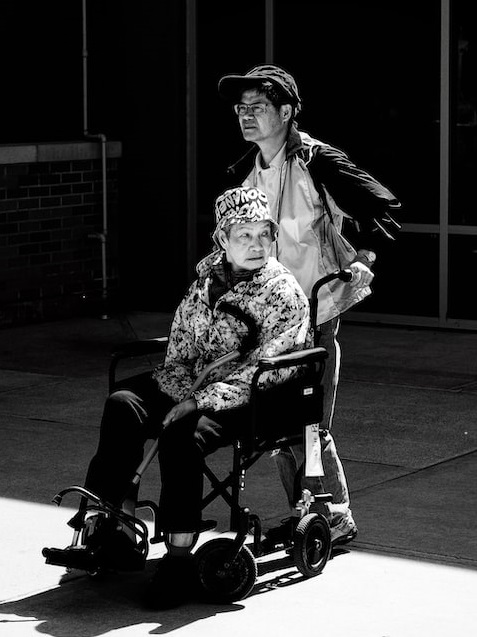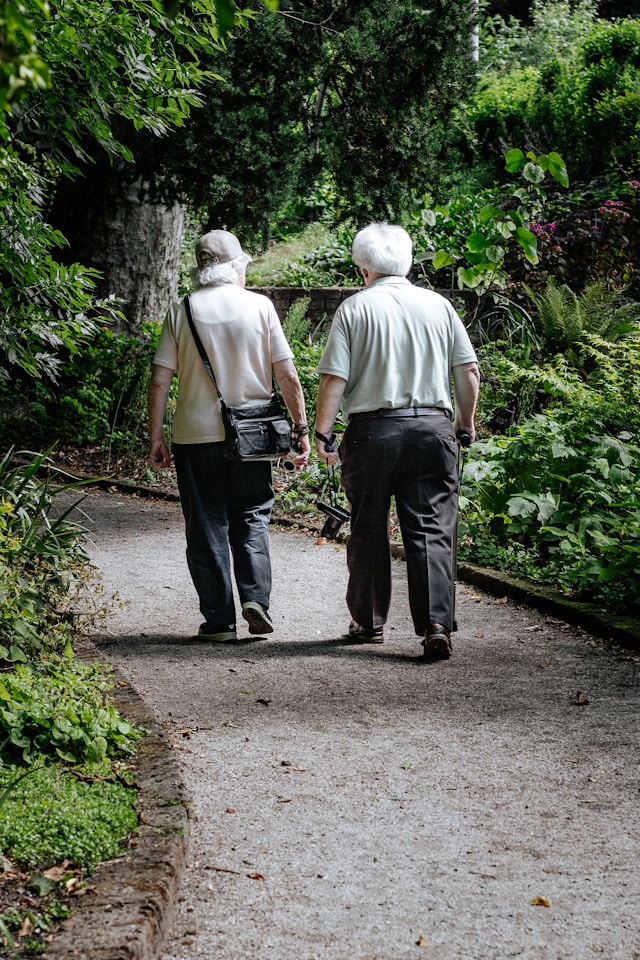Page Contents
Hip fracture is one of the most serious injuries in older adults, often leading to disability, prolonged hospitalisation, and even death. It occurs when the upper part of the thigh bone (femur) breaks near the hip joint, usually after a fall. The impact may seem minor, but in elderly individuals with fragile bones, even a simple fall can cause a fracture. Recovery often requires months of rehabilitation, and many older adults never regain their previous level of independence. Hip fractures are not only a medical issue but also a social and financial burden for families and care facilities.
Statistics and trend
Hip fractures are becoming more common as populations age. Globally, around 1.6 million people suffer hip fractures each year, and this number is projected to double by 2050 due to longer life expectancy and increasing rates of osteoporosis.
In Singapore, about 1,500 to 2,000 cases occur annually, with most patients aged 65 and above. Women are at greater risk than men, as bone loss accelerates after menopause due to lower estrogen levels. Studies have shown that up to 20% of elderly patients with hip fractures die within a year of injury, and half of the survivors experience permanent functional decline. Many are unable to walk independently or return home, requiring long-term nursing home care. These figures highlight hip fracture as a major public health concern requiring urgent attention in eldercare.
Causes and risk factors
Most hip fractures in the elderly result from low-impact falls, often from standing height. The underlying problem is usually a combination of frailty, weak bones, and poor balance. Several factors increase the risk:
Osteoporosis
This is the most common underlying cause. Bones lose density and become brittle, making them prone to fractures even from minor trauma.Poor vision or hearing
Impaired senses reduce spatial awareness and increase the likelihood of tripping or misjudging steps.Muscle weakness
Age-related muscle loss (sarcopenia) decreases stability, coordination, and reaction time during a fall.Medications
Sedatives, antidepressants, and some antihypertensives can cause dizziness, confusion, or drowsiness that increase fall risk.Chronic illnesses
Conditions such as Parkinson’s disease, stroke, arthritis, and dementia affect mobility and balance.Environmental hazards
Slippery floors, poor lighting, uneven surfaces, and cluttered spaces are common in both homes and institutions.Nutritional deficiencies
Low calcium and vitamin D intake accelerate bone loss and impair muscle strength.
Understanding these risk factors allows caregivers and healthcare teams to design targeted prevention strategies to protect vulnerable seniors.
Complications of hip fractures
Hip fractures have far-reaching consequences beyond the initial injury. They often trigger a cascade of health problems, especially in frail elderly individuals with multiple comorbidities. Common complications include:
Loss of mobility
Many patients are unable to walk again without assistance. This loss of independence can lead to emotional distress and reduced quality of life.Pressure ulcers
Prolonged bed rest increases the risk of skin breakdown and infection.Pneumonia
Reduced mobility and poor lung expansion make chest infections more likely.Deep vein thrombosis (DVT)
Blood clots can form in the legs due to immobility.Urinary Tract Infections (UTI)
Common in bedridden patients, especially those using urinary catheters.Depression and anxiety
The sudden dependence on others and loss of independence often cause psychological distress.Increased mortality
Mortality rates rise significantly within the first year after a hip fracture, particularly in those with chronic illnesses or poor nutritional status.

These complications highlight why hip fractures must be viewed as medical emergencies requiring prompt treatment and rehabilitation.
Treatments for hip fractures
Treatment for hip fractures aims to relieve pain, restore mobility, and prevent complications. Most cases require surgical intervention within 24 to 48 hours of injury to improve recovery outcomes. The main types of surgery include:
Open Reduction and Internal Fixation (ORIF)
Metal screws, plates, or rods are used to hold the bone in place while it heals.Hemiarthroplasty
The damaged part of the femur (the femoral head) is replaced with an artificial implant.Total hip replacement
Both the femoral head and hip socket are replaced, often recommended for active or healthier elderly patients.
After surgery, early mobilisation is crucial. Physiotherapists play a key role in helping patients regain strength, balance, and confidence to walk again. Rehabilitation includes exercises, walking aids, and gradual increase in activity levels. Pain control, good nutrition, and treatment of underlying medical conditions such as osteoporosis are also essential. Multidisciplinary care involving doctors, nurses, physiotherapists, occupational therapists, and social workers ensures a smoother recovery and better long-term outcomes.
How to prevent hip fractures?
Preventing hip fractures is far more effective than treating them. A proactive approach includes medical management, lifestyle modification, and environmental safety.
Manage osteoporosis
Conduct regular bone density screenings for adults over 65, and treat low bone density with medications such as bisphosphonates or calcium and vitamin D supplements.Improve nutrition
Encourage a diet rich in calcium, vitamin D, and protein to maintain bone and muscle strength.Promote physical activity
Regular weight-bearing and balance exercises like brisk walking, Tai Chi, or resistance training improve strength and stability.Medication review
Healthcare providers should review prescriptions regularly to minimise drugs that cause drowsiness or dizziness.Home and facility safety
Install grab bars, ensure good lighting, use non-slip mats, and remove clutter. Floors should be dry and even.Vision and hearing checks
Correcting sensory impairments reduces fall risk significantly.Fall prevention programs
Nursing homes should conduct periodic fall risk assessments, use hip protectors for high-risk residents, and educate caregivers on safe transfer and ambulation techniques.

Preventive measures not only reduce fracture rates but also preserve independence and improve quality of life for older adults.
Conclusion
Elderly patients often recover slowly after a hip fracture. Many never regain their previous level of independence, requiring long-term assistance or institutional care. Each fall carries a heavy cost (physical, emotional, and financial). Prevention should always be the priority. By promoting bone health, improving physical strength, maintaining safe environments, and addressing fall risks early, caregivers and healthcare teams can protect seniors from this life-changing injury. In eldercare, prevention is not optional; it is essential. Prevention is always better than cure.
